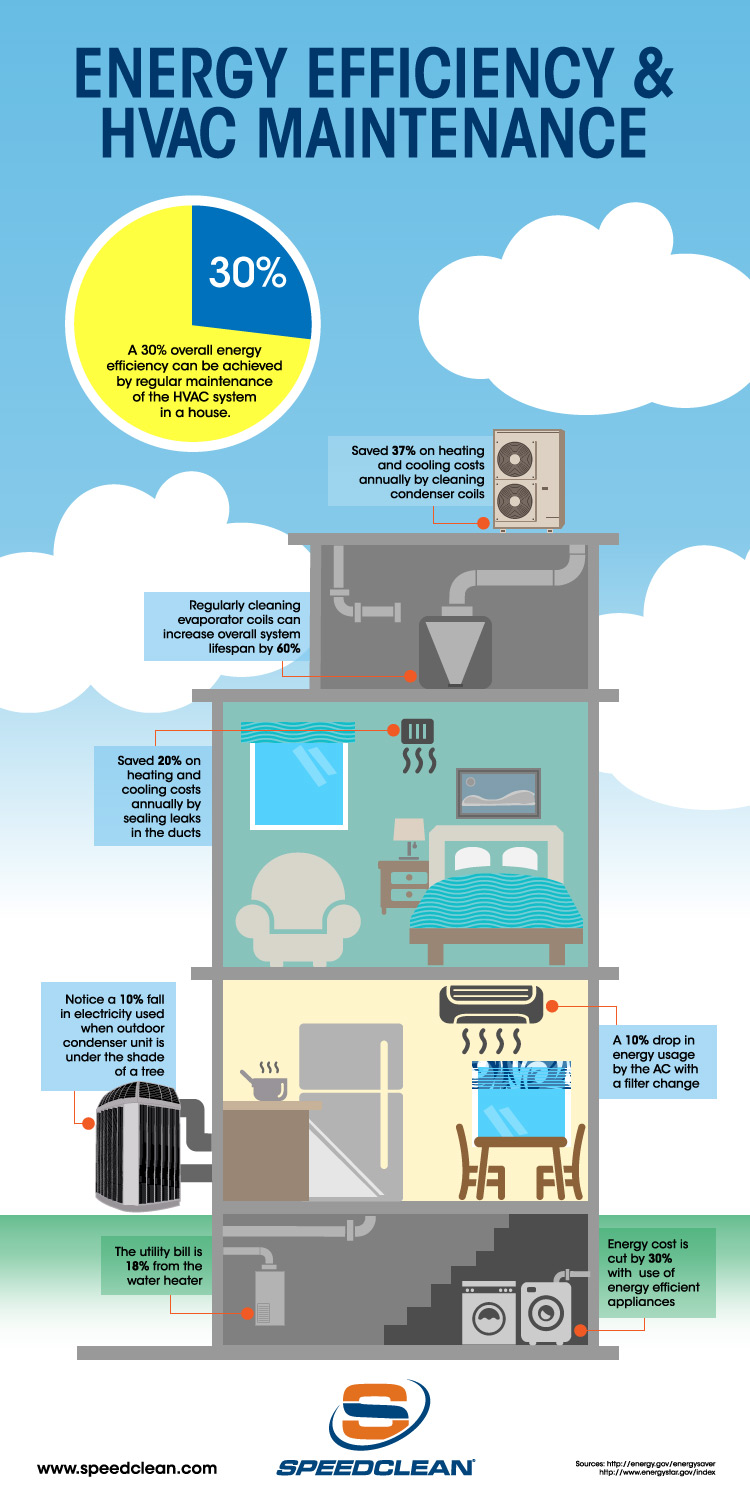Check Out Methods To Keep The Efficiency And Longevity Of Your Heat Pump System By Preventing Common Setup Blunders
Check Out Methods To Keep The Efficiency And Longevity Of Your Heat Pump System By Preventing Common Setup Blunders
Blog Article
Post Author-Ware Sparks
When installing a heat pump, you have to stay away from usual mistakes that can endanger its effectiveness. Neglecting correct sizing might cause inadequacies and greater utility prices. Disregarding insulation and securing could cause energy wastage and stress on the unit. Additionally, placing the outdoor device incorrectly might impact its performance. By avoiding these errors, you can make sure ideal operating and sturdiness of your heatpump system.
Improper Sizing of Heatpump
When it comes to the installment of heat pumps, among one of the most common blunders is incorrectly sizing the device for your room. Making certain the appropriate size is essential for optimal efficiency. If the heat pump is as well little, it will certainly battle to heat or cool your space effectively, leading to boosted power expenses and prospective wear and tear on the unit.
On the other hand, if the heat pump is also huge, it will cycle on and off often, creating temperature level variations and minimizing its lifespan.
To prevent this blunder, it's necessary to have a professional examine your space and recommend the appropriate size of the heat pump based upon variables like square video footage, insulation, ceiling elevation, and neighborhood climate. By spending the moment and effort to guarantee the proper sizing, you can delight in a comfy environment while making best use of power efficiency and prolonging the life expectancy of your heat pump.
Inadequate Insulation and Sealing
To make certain the reliable procedure of your heat pump, it's essential to address poor insulation and sealing in your area. Proper insulation assists keep a constant temperature indoors, reducing the work on your heatpump. https://www.cnet.com/home/energy-and-utilities/high-electric-bills-one-small-change-to-slash-the-cost/ can result in power loss, making your heatpump job harder and much less effectively.
Securing any gaps or leakages in your space is equally important. These voids permit conditioned air to escape and exterior air to seep in, compeling your heatpump to make up for the temperature level changes.
Wrong Placement of Outdoor Unit
Resolving the placement of your heatpump's outdoor device is key to enhancing its performance. Setting up the outside system in an inaccurate place can cause performance issues and possible damage to the unit.
One typical mistake to stay clear of is placing the exterior device too near to a wall or various other structures. https://cost-to-add-ac-to-gas-fur22227.like-blogs.com/30369526/assessing-the-effectiveness-and-expenditures-connected-with-air-resource-and-geothermal-warmth-pumps-will-certainly-assist-you-in-recognizing-one-of-the-most-suitable-choice-for-your-house can limit air movement, triggering the system to work more challenging to heat or cool your room, eventually decreasing its effectiveness and lifespan.
One more mistake to avoid is placing the outdoor unit in straight sunlight. While some sunlight is inescapable, extreme exposure can result in overheating, especially throughout hot summer season days. It's best to place the exterior system in a shaded area to aid keep its optimum operating temperature.
Additionally, see to it that the outdoor device is positioned on a steady and degree surface. Uneven ground can create vibrations and unnecessary stress on the device, impacting its efficiency over time.
Verdict
Finally, staying clear of typical errors throughout heatpump setup is important for optimizing efficiency and durability of your system. By guaranteeing proper sizing, sufficient insulation, sealing, and appropriate placement of the exterior unit, you can protect against issues such as inefficiencies, boosted energy costs, and stress on the system. Putting in the time to address these key factors will inevitably conserve you money and time in the long run.
